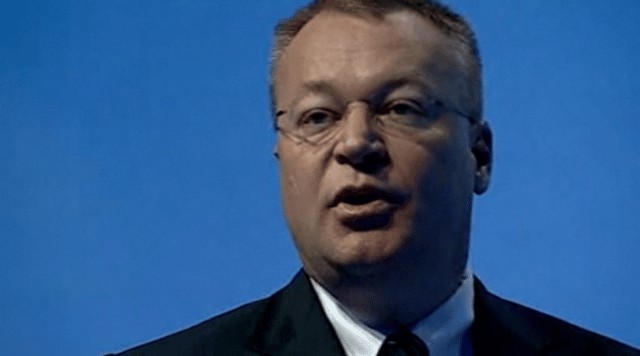
Nokia (NYSE: NOK) unveiled four new Symbian S40 handsets designed to appeal to upwardly-mobile youngsters in emerging-markets with smartphone-like features.
The new product line is called “Asha” because the Hindi for “hope” represents aspiring consumers in developing nations – but that moniker may as well be Nokia corporate emblem.
Nokia now looks even more like two distinct companies. Whilst it works hard to reclaim lost smartphone ground with Windows Phone in the west, its strategy for emerging markets, in some of which it has also been losing share, was clearly articulated at Nokia World in London on Wednesday – and could yet represent an enormous growth opportunity.
“We set out to connect the next billion people to the internet,” CEO Stephen Elop said. “Our focus, particularly in emerging markets, is to bridge the digital divide by connecting people to the internet through their mobile device.”
Mobile marketing VP Blanca Juti used aspirational twenty-somethings in Beijing, Nairobi and Mexico City – who want sexy handsets and app-filled mobile data experiences increasingly as much as those in the west – as examples of target consumers.
For example, India alone (population: 1.2 billion) has only 63 million fixed internet connections but 850 million mobile owners, Juti said: “We can bring data to people who have never had it before.”
In the Asha range, the 200, 201, 300 and 303 models variously include dual-SIM, qwerty, touchscreen and bright colours. The 201 includes a very loud speaker and long-life battery for up to 52 hours party music playback on the streets of Africa, Juti suggested, replacing a ghetto-blaster.
Although Nokia has moved its western smartphone range off the Symbian platform, a Symbian-based pseudo-smartphone experience appears conceivable. The handsets offer apps and ship with both Angry Birds and WhatsApp messaging, just like more advanced handsets, whilst they also allow for updates to popular overseas social networks like China’s RenRen.
The web browser in S40 (the lower-end partner to the previous S60 smartphone standard) can compress web pages on the cloud by up to 90 percent, just like Opera mini and Amazon’s Silk. Over 30 percent of the apps downloaded from Nokia’s former Ovi store are by S40 devices, Juti said. Elop added: “With products like this the line is blurring between smartphones and mobile devices.”
“We can take that (Symbian) legacy and put it on steroids,” Juti said, adding that the median age for the handsets’ target market is under 25, “dynamic” people: “they want to be cool, they want to ride the technology wave; young men and women trying to upgrade their life.”
If Nokia can give people in these markets a smartphone-like experience on a budget, it may regain or retain its stronghold outside the west and migrate a booming consumer segment toward a smarter mobile future.